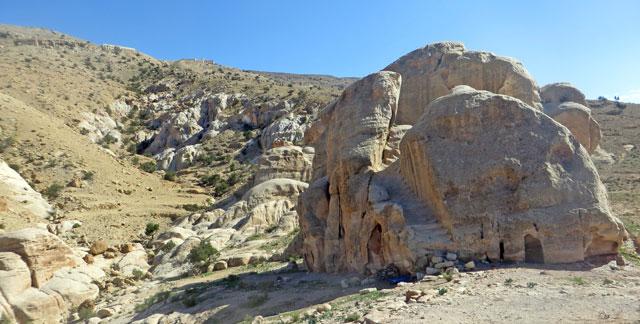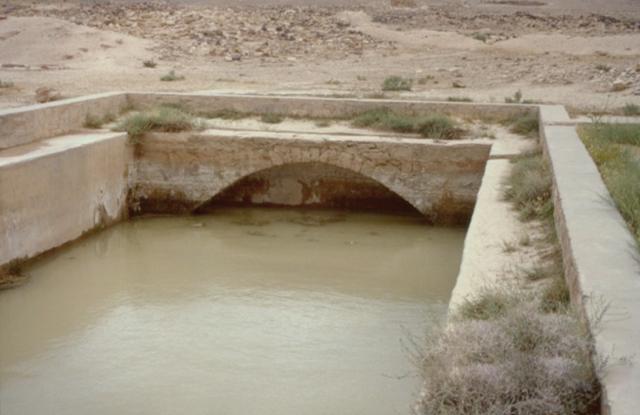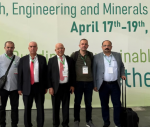You are here
Scholars say ‘complex’ Nabataean irrigation system can be adopted for current times
By Saeb Rawashdeh - Apr 14,2016 - Last updated at Apr 14,2016
AMMAN — Despite the low rainfall in Petra, the Nabataeans managed to create “a very sophisticated system” to capture and use this water to grow crops, according to Professor Nizar Abu Jaber.
In a lecture delivered at the German Protestant Institute of Archaeology (GPIA) earlier this week, the scholar said the annual amount of rainfall in Petra, some 235km south of Amman, “adds up to around 9 million cubic metres”.
“Everyone is aware of the complex Nabataean system of dams, cisterns and canals, yet little thought has been given to the terrace systems created to make use of the torrents,” the professor continued.
The Centre for the Study of Natural and Cultural Heritage at the German-Jordanian University (GJU) have formed a team to study the geo-archaeological aspects of the terraces.
The project is sponsored by the EU for a year, and is being conducted in close cooperation with the Petra Development and Tourism Region Authority.
At the lecture, titled “Taming the torrents: The terrace engineering in Petra”, Abu Jaber and Catreena Hamarneh, who has degrees in both geology and archaeology, explained how ancient Nabataeans created a system of catching and containing water that was used to grow agricultural produce and provide drinking water for domesticated animals.
Previous studies have concentrated on Nabataean water harvesting and distribution systems in Petra, but large cisterns regardless of their size have not been sufficient to enable local population to irrigate large farms that were able to produce enough crops to feed the entire population, Abu Jaber noted.
Teams from Yarmouk University, the GPIA and the GJU have conducted several experiments at the Petra region in order to assess the effectiveness of terracing for water management and flood control.
These have clearly shown that terracing reduces run-off and enhances soil maturity and moisture retention, the researcher underlined.
“A terrace is an artificial construction or levelling of the land surface into a horizontal bed,” Hamarneh said.
The moisture accumulation was enough to grow legumes, wheat and barley. The complex construction of the terrace walls has managed to pass the test of time, withstanding the swelling of the clay in the soil, minimising salinity and getting rid of water excess — something modern terraces lack, Abu Jaber elaborated.
Pottery fragments collected during the study give strong impression that this system might have been developed by the Nabataeans from their Edomite ancestors and continued to be in use during the Roman and Byzantine periods.
The experiences from the past generations of Petra residents can be implemented in the present, according to the professor.
“This research aims to encourage the local community to restore these terraces and use them not only to revive the agriculture of the area but also to help protect Petra from the flow of torrent and silt that once buried much of the old city to oblivion,” Abu Jaber said.
The main idea, according to the scholar, is “to revive the ancient technologies for use in agriculture and flood control in dry areas”.
The lecture was part of the series of events “Archaeology of the Greater Petra Region - New Research in Petra and Beyond” organised by the GPIA and the German Archaeological Institute.
Related Articles
AMMAN — A Jordanian scholar on Wednesday gave a lecture outlining the ancient Nabataeans’ water-harvesting prowess, exemplified by the Qanta
AMMAN — The “Restoration of the Ancient Nabataean Flood Control System in Wadi Madras at Petra” project has won the Arab Forum for Cultural
AMMAN — Due to the extremely dry environment of the Hisma Desert in Southern Jordan, ancient Nabataeans used to collect water for their sett

















